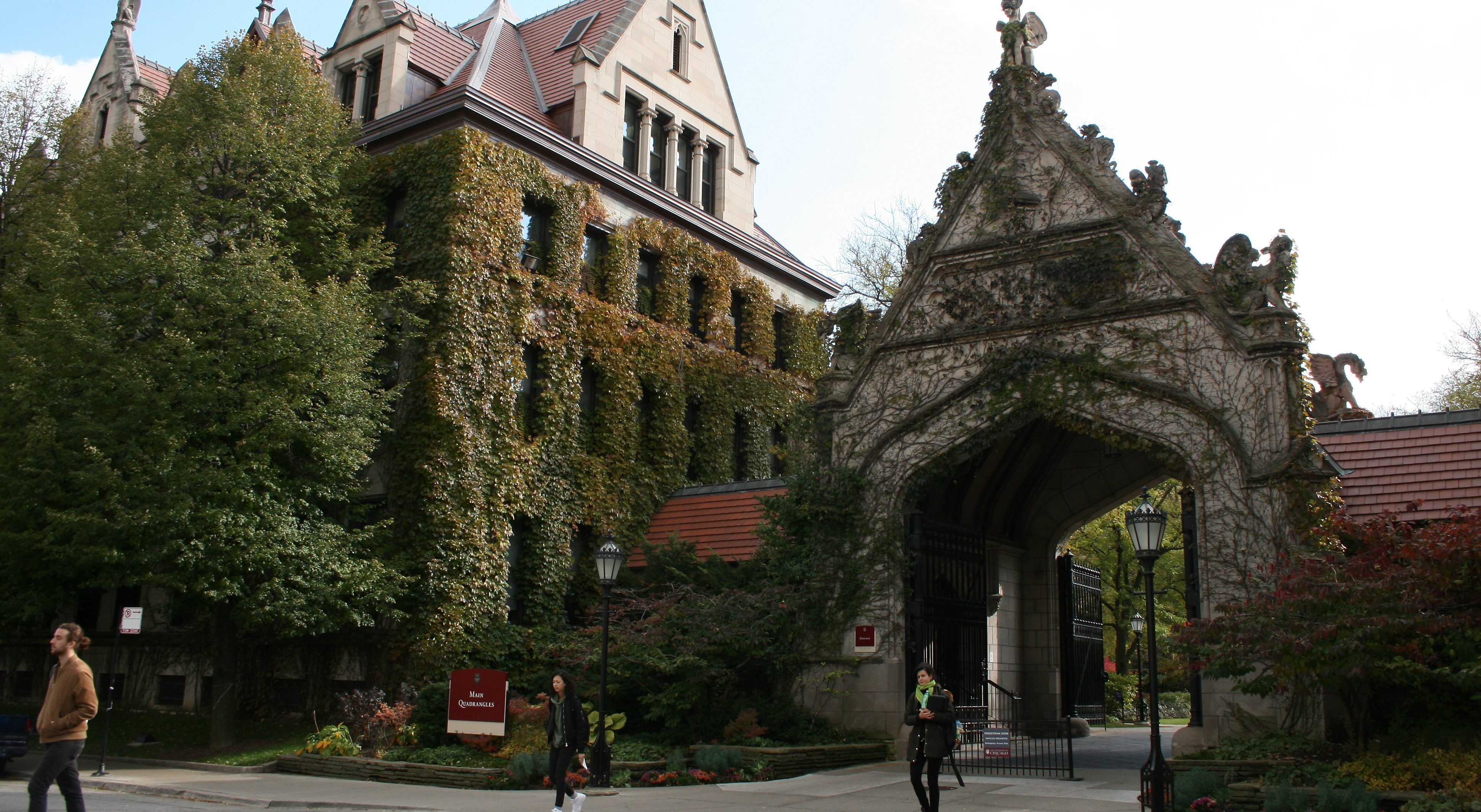Overlapping generations models have become a workhorse in dynamic economics. They prove useful in settings where the problems can be formulated as ones involving multiple generations living together. Note that Lucas’ celebrated 1972 paper entitled ‘Expectations and the neutrality of money’ is also a model of this kind—agents live for two periods, they are youngContinue reading “Lecture 16: Fixed-point arguments. Meeting the overlapping-generations models.”
Tag Archives: dynamic programing
Seminar session 5: Bellmanize. A time-allocation problem.
The basic creed of Chicago economics is ‘Bellmanize!’. The Bellman equation, named after Richard Bellman, is a key part of the dynamic programming approach we use to analyze intertemporal optimization problems. Chicago economics lays a huge emphasis on building the ability of translating intertemporal problems into the formal language of the Bellman equation. In thisContinue reading “Seminar session 5: Bellmanize. A time-allocation problem.”
Lecture 9: Applications of stochastic dynamic programming. The one-sector model of optimal growth.
In this lecture we go over some applications of the theory of stochastic dynamic programming in the framework of the well-known basic neoclassical growth model. After studying the sequential form of the problem, we turn to the Bellman equation. By checking if the necessary conditions hold we show that there is a unique value functionContinue reading “Lecture 9: Applications of stochastic dynamic programming. The one-sector model of optimal growth.”
Lecture 3: Dynamic programming under certainty
In this lecture we summarize and utilize all the mathematical prelminaries we covered in the previous chapters of Stokey and Lucas’s ‘Recursive methods in economic dynamics‘. First of all, we study how to address the same dynamic optimization problem in a sequantial form and in a Bellman equation. It is crucial to ensure that aContinue reading “Lecture 3: Dynamic programming under certainty”
